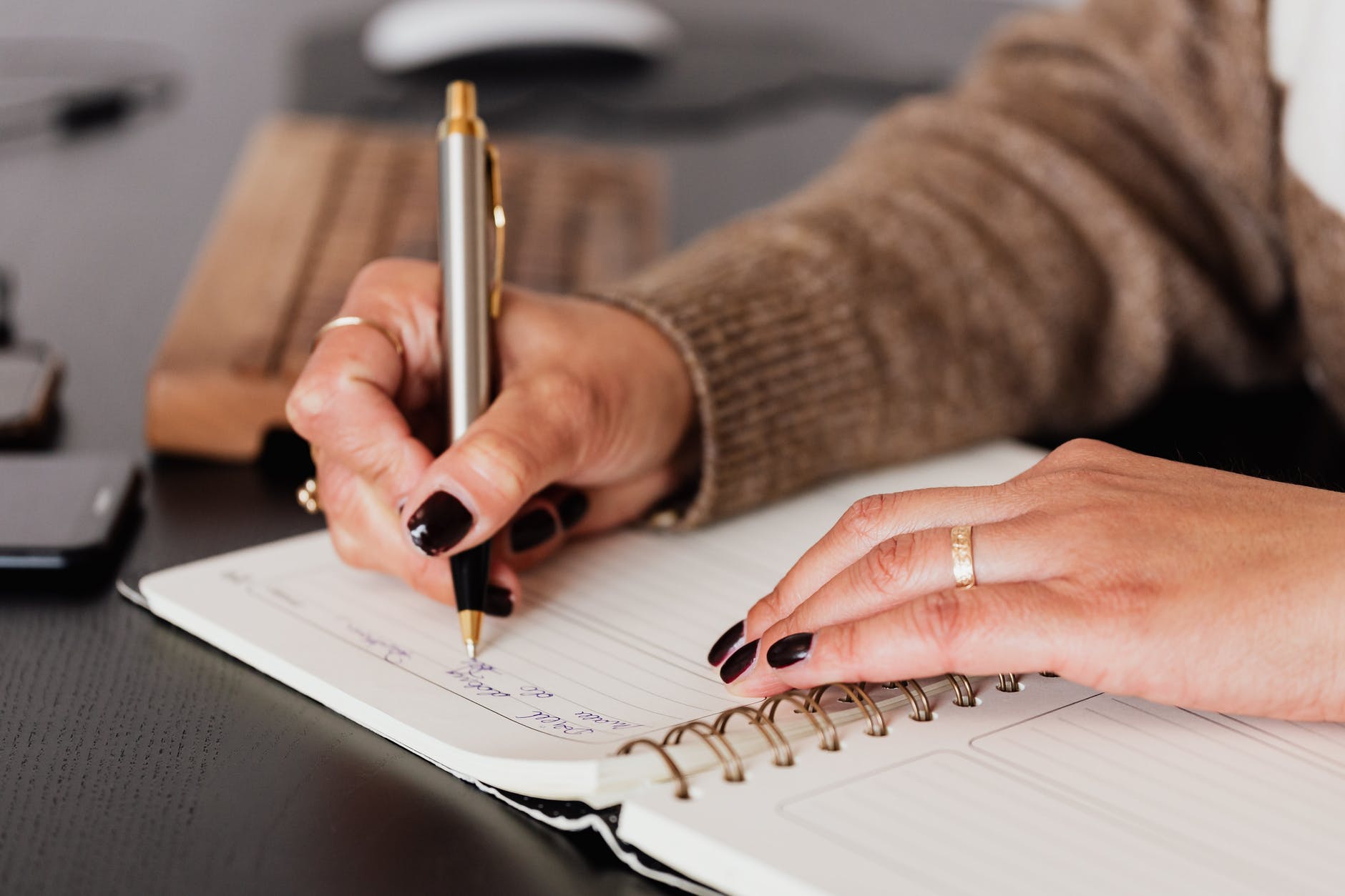The heading looks impressive, don’t you think?
Love that word…Authorial.

It’s been a little while since my last blog post, of any description, so I thought I’d talk about what tools I am using to write my novel.
Pen and Paper
When I attended the Sydney Writers Festival recently, I took with me a notepad and pen. My iPad has a keyboard so it makes it a little bit heavy, and I didn’t feel like lugging it around with me for two reasons: i. I had a long walk to catch the bus back to where I was staying; ii. Most importantly, I intended to buy some books and I needed all room for those. So of course, notepad and pen was the perfect choice. I even managed to use it between sessions and added 450 words to my WIP. I was pretty pleased with myself. It’s not my first choice though. I generally write fast and later cannot read my writing.
Microsoft Word
I am pretty much in the same thinking as many authors, that Word is the way to go. It’s comfortable to use and I sink into it’s familiarity like slipping into a comfortable pair of slippers. I like the option that allows me to add comments when I think something needs more work or clarification. It’s just a matter of right click, on the word, sentence or paragraph, select comment and type. The notes appear in a right hand column. This way it doesn’t add to your word count. You can delete or resolve the comment, by right clicking on it and select from the options. Word is also accessible through the cloud, on my iPad or phone, which means I can write anywhere, anytime.
Scrivener
My daughter bought me Scrivener for Christmas. Just have to say, I was tickled pink that she was feeding my creative side. But, as with most new software I tend to let it settle for a while until I can get my head around it. You know, can’t rush these things. Finally after a little bit of nagging on her part – ‘have you used it yet?’ I installed it. Then, had a moment where I thought, now what do I do and how?
I tried to follow the tutorial that comes with it, but man, it was daunting. Okay, they do tell you what each bit is for, but how the hell do I use it? I just want to be told…do this and this and then this will happen. Lucky for me the Australian Writers Centre has a course by author Natasha Lester called 2 Hours to Scrivener Power. I found this course well worth paying for. The course teaches you what authors need to know about Scrivener and that’s it. Sounds basic, but it was exactly what I needed.
So now, thanks to Natasha, I have created a file in Scrivener, imported my WIP from Word and sorted out the scenes, colour coded them and added notes. While this helps me remember what each scene is about, part of me is thinking this is a handy tool to have if you submit your story and they ask for chapter descriptions. The work is almost done.
In conclusion,
For me, pen and paper has it’s place. Scribbling little notes about what I’ve already written or writing in a quiet corner somewhere – very handy. Scrivener will be an excellent tool when it comes time to edit my first draft. I intend to use Word to write my novel, and Scrivener to do the edits. I’ll copy and paste new work to the Scrivener document and bonus, I won’t be tempted to procrasti-edit my word document.
Happy writing, whatever your choices.
**None of the links within this post are sponsored.
***My flash fiction stories can be found Spillwords.com
